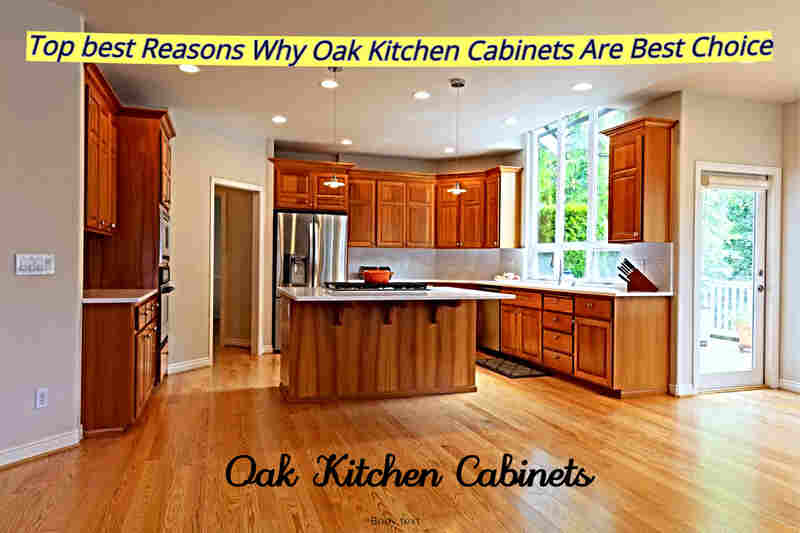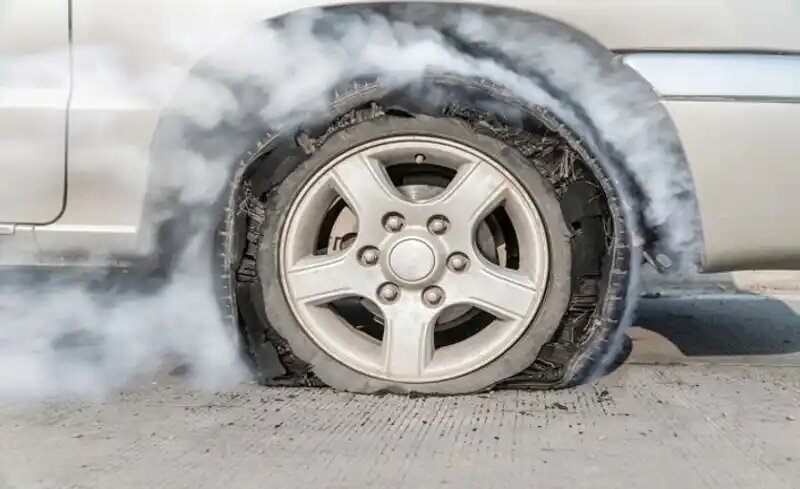Oak kitchen cabinets are a popular choice for homeowners looking to upgrade their kitchen. Not…
How to fix gaps between wood floor boards
Wood floor gaps are an issue that many homeowners have to face. These gaps can occur due to a variety of factors, such as wood expansion and contraction, improper installation, or moisture issues.
advertisement
Gaps between wood floorboards can lead to serious damage if not addressed properly. Evaluate the Situation and prepare the necessary tools and materials. Filling the gaps between hardwood floors is an important task that needs to be done to keep your home looking beautiful and well-maintained.
The right materials and tools are essential for a successful gap-filling job, so it's important to evaluate the situation before you start and prepare the necessary items.
This article will provide an overview of what materials and tools are needed for gap filling hardwood floors, as well as tips on how to go about it. In this article, we will discuss the various causes of wood floor gaps and how they can be prevented or repaired.
Causes of Gaps between Wood Floor Boards
advertisement

Firstly it is very important to identify the cause of the gap in hardwood flooring. Gaps in wood flooring can be caused by a variety of factors, including humidity changes, house settling, or the natural expansion and contraction of the wood. Gaps between wood floorboards can be caused by several factors, including:
Seasonal changes in humidity:
As the humidity level in the air increases or decreases, wood will expand or contract. The wood floor loses moisture and the floor dries out, the plank tile shrinkage in actual size and causing the gap in the wood floor even if it’s newly installed. So, we see how humidity can cause gaps between the boards on the floor.
Improper installation:
If the wooden flooring is not properly installed to the room's humidity levels before installation or if the boards are not fastened tightly enough, gaps may appear. Improper installation of wood flooring can lead to some issues, including warping, cracking, and separation of the boards.
advertisement
Additionally, the use of the correct adhesive or fasteners and proper spacing between the planks is also crucial. If the hardwood floor is already installed and you suspect it was not done correctly, it is best to consult a professional flooring contractor to assess the situation and make recommendations for any necessary repairs.
Subfloor movement:
Movement or settling of the subfloor can cause gaps to appear between the boards. it is important to ensure that the subfloor is level and free of moisture and that the hardwood planks are properly acclimated before installation.
Natural aging:
As wood ages, it can dry out and shrink, which can cause gaps to appear.
Improper maintenance:
Not properly cleaning or protecting the floor can also lead to gaps in the boards.
Choosing the Right Method to Fill in the Gaps between Your Floorboards
Filling in the gaps between your floorboards is an important part of maintaining and preserving the look and feel of your wooden floors. There are a variety of gap fillers available on the market, but it can be difficult to know which one is best for your specific needs.
advertisement
Including the use of wood filler, caulking, and floor compounds, rope or cord filler, tongue-and-groove. The most appropriate method will depend on the size and depth of the gaps, as well as the type of wood flooring.
It is important to choose a gap filler that will effectively fill in the gaps without damaging your floorboards or causing any other problems. In this article, we will discuss some of the best methods for filling in the gaps between your floorboards and help you decide which one is right for you.
Wood filler:
This is a putty-like substance that can be applied to gaps and then sanded smooth once dry. It is a good option for small gaps and can be stained or painted to match the color of the surrounding floorboards.
Caulking:
Caulk is a flexible sealant that can be used to fill in gaps. It is a good option for gaps that are subject to movement, such as those caused by expansion and contraction. Caulk can also be painted to match the surrounding floorboards.
Rope or cord filler:
This method involves filling gaps with a rope or cord and then cutting it flush with the surface of the floorboards. It is a good option for larger gaps and can be stained or painted to match the surrounding floorboards.
Tongue-and-groove flooring:
This method involves installing new tongue-and-groove floorboards to fill in gaps. This is a more invasive and time-consuming option but can be done to match the surrounding floorboards.
Floor patching compounds:
These are specially formulated compounds that are used to fill larger gaps and uneven areas in wood or concrete flooring. They can be applied with a trowel and sanded smooth once dry.
When choosing a method for filling gaps between floorboards, consider the size of the gaps, the reason for the gaps, and the desired appearance of the finished product.
Step-By-Step Guide on How to Fix Gaps between Wood Floor Boards
advertisement

Clean the area:
Before attempting to fix the gap, make sure the area is clean and free of dust or debris. Use a vacuum or broom to remove any dirt or dust.
Add a filler:
For small gaps, use a wood filler to fill in the space. Be sure to choose a filler that is compatible with the type of wood flooring you have.
Use a putty knife:
Use a putty knife to apply the filler to the gap, making sure to pack it tightly into the space. Allow the filler to dry completely, according to the manufacturer's instructions.
Sand the area:
Once the filler is dry, use fine-grit sandpaper to smooth out the surface of the gap. Be sure to sand until the area is flush with the surrounding flooring.
Finish the repair:
Once the gap has been filled and sanded, it is important to finish the repair. If your floor has a finish on it, you will need to reapply the finish to the area to match the surrounding flooring.
How can prevent future gaps?
To prevent future gaps from forming, it is important to maintain a consistent humidity level in your home. This can be accomplished by using a humidifier or dehumidifier as needed. If the gap is large or caused by structural issues such as foundation settling, it may be necessary to call in a professional flooring contractor to make the repairs.
Additional Tips and Tricks to Make Sure Your Filled Gaps Last Long
advertisement
- Properly clean and prepare the surface before filling the gap to ensure maximum adhesion.
- Use the appropriate type of filler for the material of the surface (i.e. wood filler for wood surfaces, caulk for brick or concrete surfaces).
- Allow the filler to dry completely before sanding or painting.
- Apply a sealant over the filled gap to protect it from moisture and wear and tear.
- Regularly inspect the filled gap and reapply filler or sealant as needed to maintain its appearance and integrity.














Admin – Administrator
Founder & Administrator of this website. If you want my services please CONTACT ME.